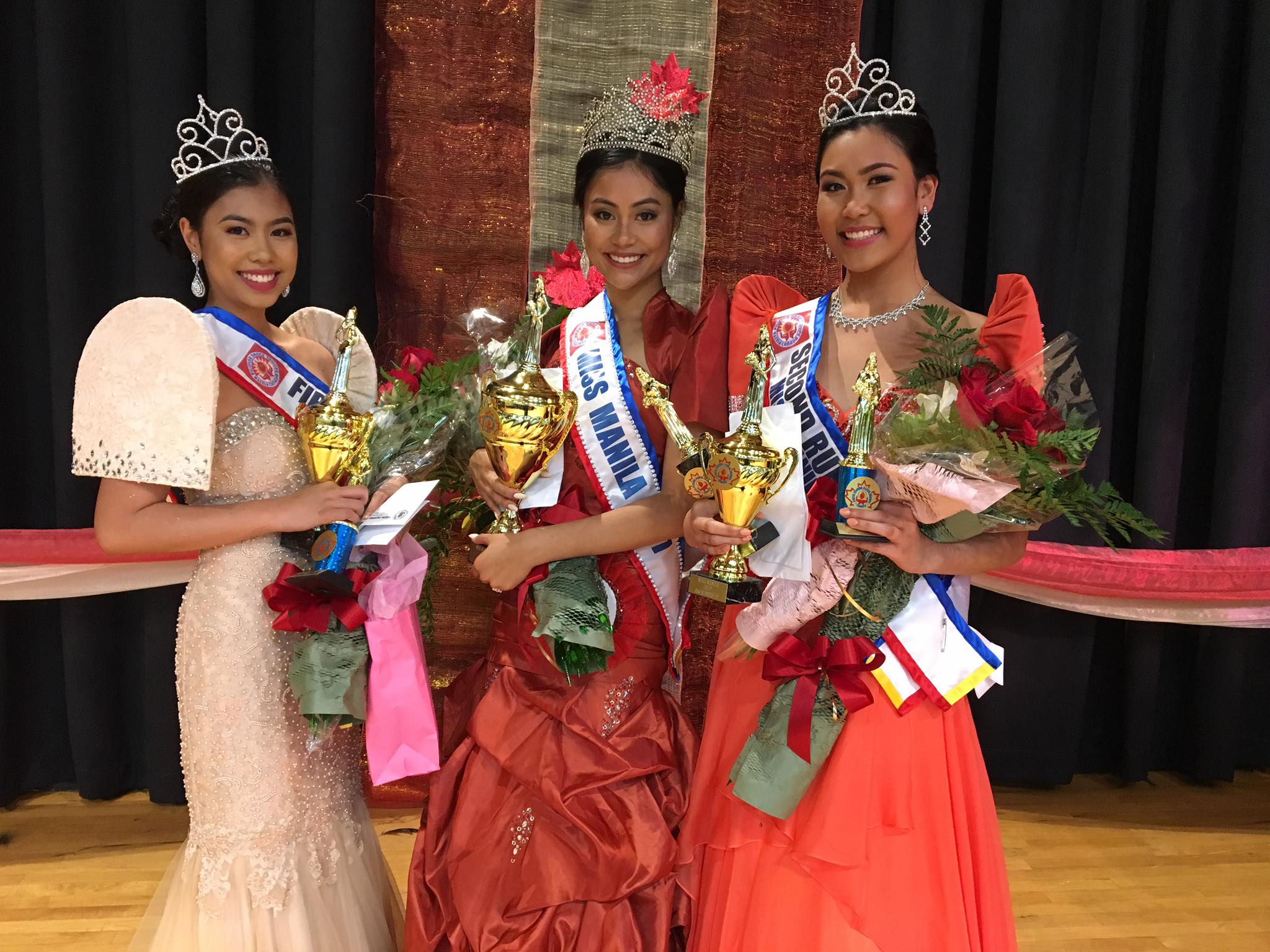The Essence
by Ruben J. Cusipag
She is supposed to be addressed as the “Princess” like the other official hostesses of the pavilions representing different cities in the world during the nine-day Metro Toronto International Caravan. But somehow, she became commonly known as “Miss Manila”. Perhaps it is because of an unconscious yet feeble attempt by some members of the Fiesta Filipina Dance Troupe, the sponsor of Caravan’s Manila Pavilion, to transform the search for a Filipino “Princess” to a dazzling beauty pageant. To the credit, however, of George and Estring Aguinaldo, the moving spirit behind the multi-awarded Filipino-Canadian cultural vehicle, the principle behind the selection of Manila Pavilion’s “Princess” has been based mainly on personality and well-rounded knowledge. Of course, facial beauty and other physical attributes are taken into account but without making them the be-it-all. After all, she who stands at the gate to the Caravan’s Manila Pavilion becomes more symbol of that premier city of the country which is resplendent with its historical legacies as well as with its contemporary cosmopolitan mix. The Filipino “Princess”, together with the Manila Pavilion “Mayor”, personally welcomes thousands of quests, as they set foot on “Philippine territory” with greetings of “Mabuhay” and congenial smiles. On stage, the “Princess” helps in giving an overview of what Manila is, what the Philippines is, and who the Filipinos are.
Through the years, the process of choosing “Miss Manila” alternated between screening candidates through the entire gauntlet of a full blown pageant and a year-long informal search through chance meeting or through recommendations by those with discerning eyes. In fact, in the early ten years of the Manila Pavilion in the Caravan, its “Princess” often came from the ranks of those who were earlier chosen as “Miss Philippines” in Toronto. But regardless of the mode through which “Miss Manila” is found each year, the unaltered fact remains that she has to be the vibrant of what our cultural roots are.

